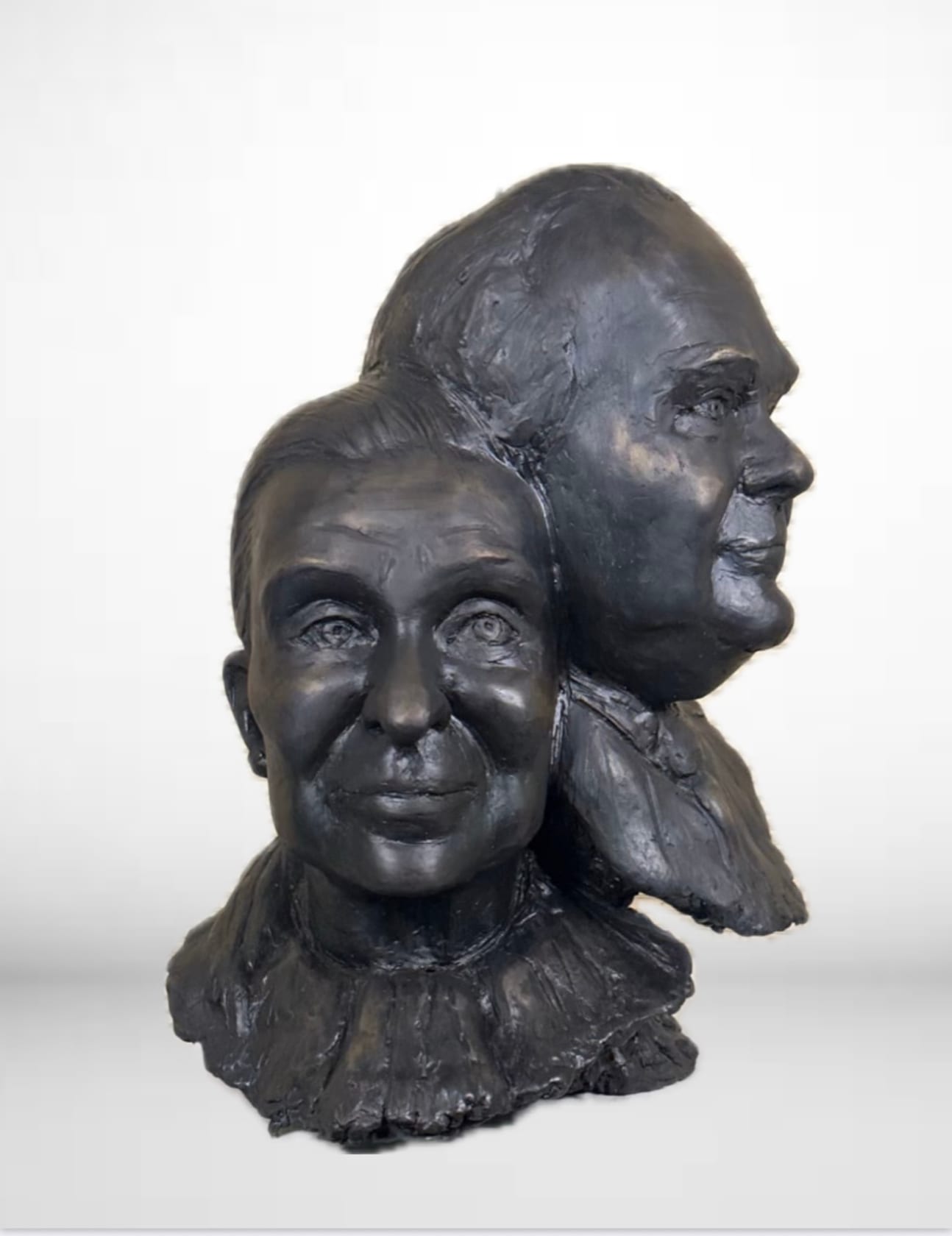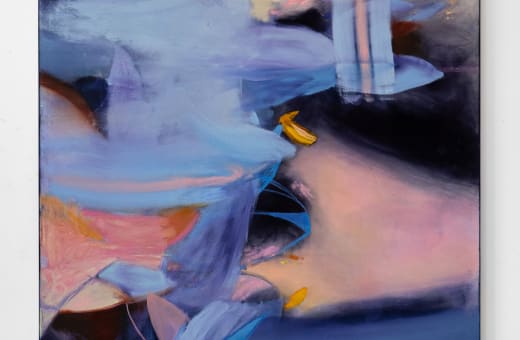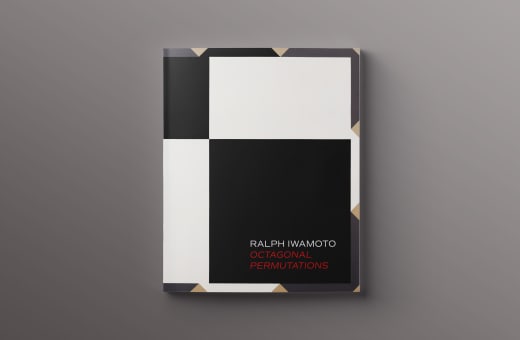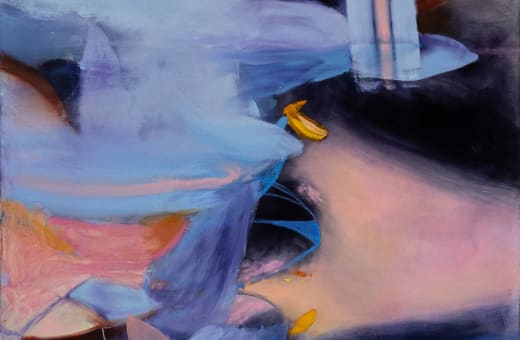




Balance of Justice
Ruth Bader Ginsburg and Antonin Scalia shine as beacons of brilliance, grace, and dignity, qualities they embodied as Associate Justices of the United States Supreme Court. Renowned as intellectual giants on opposite sides of the ideological spectrum of law, their enduring friendship serves as a powerful example of collegiality, respect, and civility.Their camaraderie began during their tenure on the U.S Court of Appeals for the D.C. circuit in the early 1980s where they connected over a mutual appreciation of opera, even participating in operatic performances. Their families grew close as well, often celebrating New Years together. Scalia advocated for an interpretation of the Constitution rooted in its original meaning from 1787, while Ginsburg championed a "living Constitution," believing it should evolve alongside societal changes, particularly in the realms of gender and racial equality. Despite their divergent legal philosophies, they maintained a friendship of deep mutual support, thoughtfulness, and respect for one another. Their remarkable bond stands as a reminder of the possibility for warmth and civility not just in government, but in daily life as well.
Marla Friedman’s stunning and evocative sculpture, "The Balance of Justice," honors the extraordinary friendship between the Honorable Ruth Bader Ginsburg and the Honorable Antonin Scalia; a testament to their shared commitment to the ideals of justice and understanding. civility, collegiality and kindness.












